1. Area 51, USA
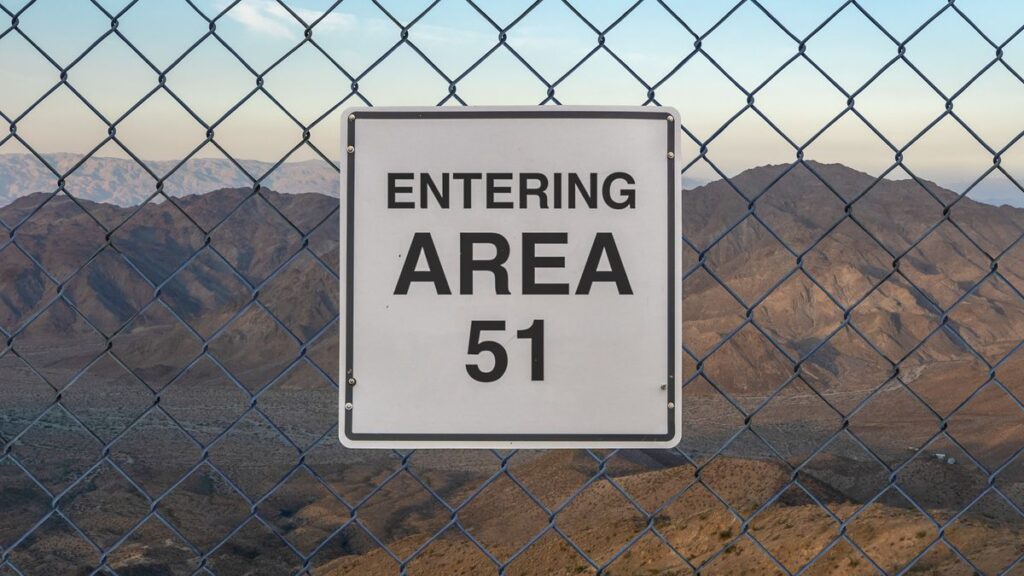
Area 51 has long been the center of mystery. Located deep in Nevada, it is a U.S. Air Force base known for secrecy. Some believe it hides alien technology, while others think it is simply a testing ground for advanced aircraft. No matter the truth, its fences, guards, and warning signs leave no doubt that it is off-limits. Many wonder what lies behind those walls, but its closed gates keep the answers hidden. For now, its legend remains stronger than any confirmed fact, leaving imaginations to run wild about what might really be inside.
2. Chernobyl Exclusion Zone, Ukraine
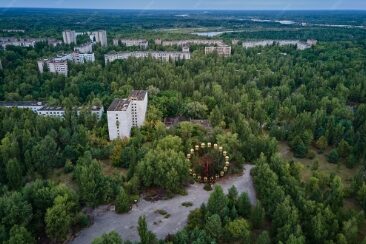
Chernobyl remains one of the most haunting reminders of human error. After the 1986 nuclear disaster, radiation spread across the region, forcing residents to flee. Decades later, nature has crept back, with wildlife roaming through empty buildings and streets. While limited tours are allowed in some areas, much of the zone is still dangerously radioactive. Protective laws keep large parts restricted, ensuring no one risks their safety wandering aimlessly. It stands as a warning that some mistakes take lifetimes to heal, and though silence reigns there now, its story continues to echo far beyond its borders.
3. North Sentinel Island, India

North Sentinel Island is unlike anywhere else. Home to the Sentinelese tribe, it remains completely untouched by the outside world. The people fiercely protect their home, meeting visitors with hostility to ensure their isolation continues. To protect both the tribe and outsiders, Indian law forbids anyone from approaching the island. The risk of spreading disease is high, and the tribe has shown no interest in modern life. Their way of living has survived for thousands of years without interference. Sometimes, the greatest respect we can give is to leave them in peace, exactly as they wish.
4. Snake Island, Brazil
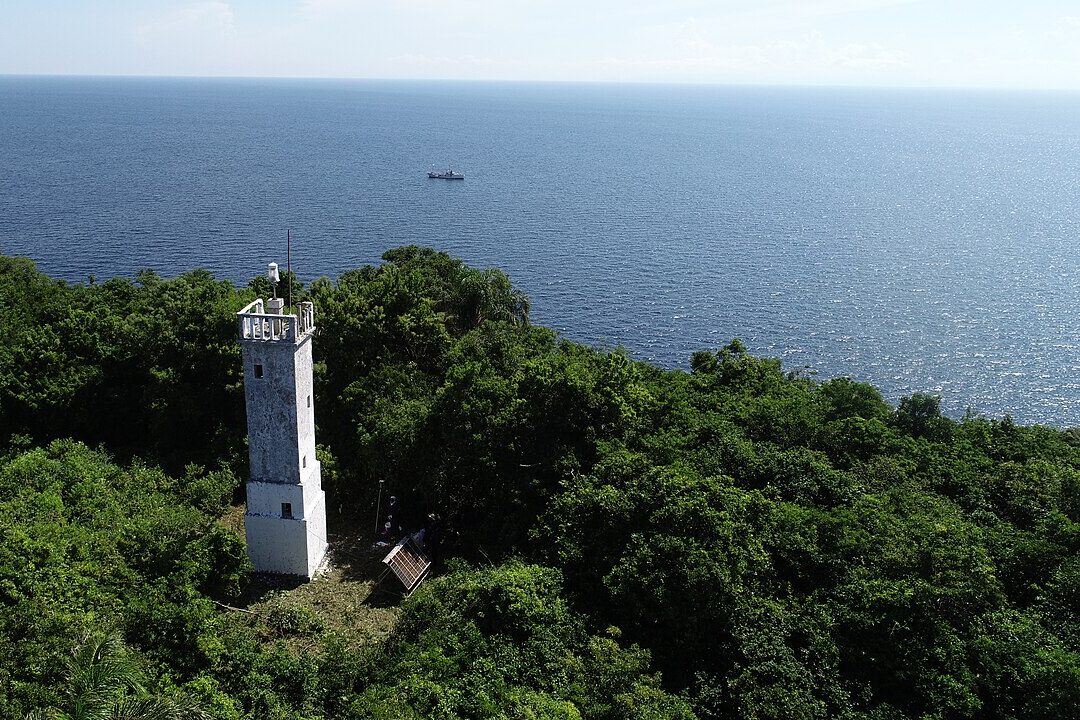
Just off Brazil’s coast sits Snake Island, a place so dangerous that stepping foot there is forbidden. It is home to thousands of golden lancehead vipers, a species whose venom can kill in minutes. With snakes said to be everywhere you step, survival would be unlikely. Stories of unlucky visitors add to its reputation as a terrifying destination. The Brazilian government closed the island to protect both people and the rare snakes that live there. From a safe distance, it is fascinating, but up close, it is one of the deadliest places you could ever imagine visiting.
5. Lascaux Caves, France
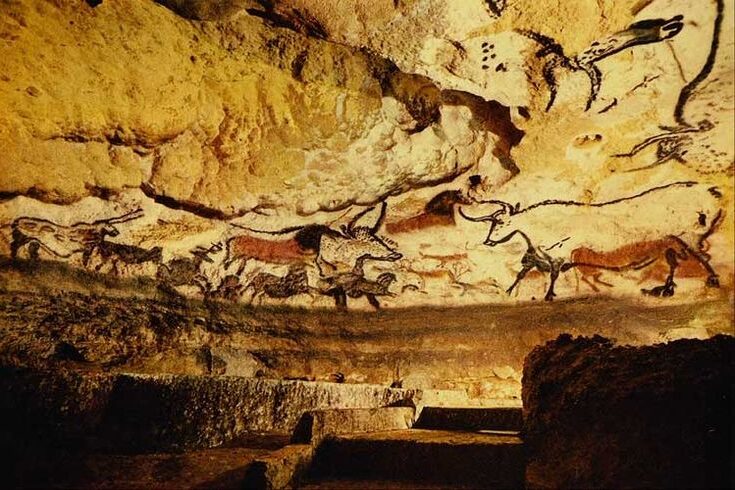
The Lascaux Caves in France are home to breathtaking prehistoric art painted around 17,000 years ago. When they were discovered, they quickly became a sensation, attracting visitors from around the world. Sadly, human breath, light, and even small particles began damaging the fragile paintings. In 1963, the caves were closed to the public to preserve them for future generations. Today, replicas give people a chance to experience the beauty without harming the originals. It shows how delicate history can be and why sometimes the best way to protect it is to admire it from a respectful distance.
6. Svalbard Global Seed Vault, Norway
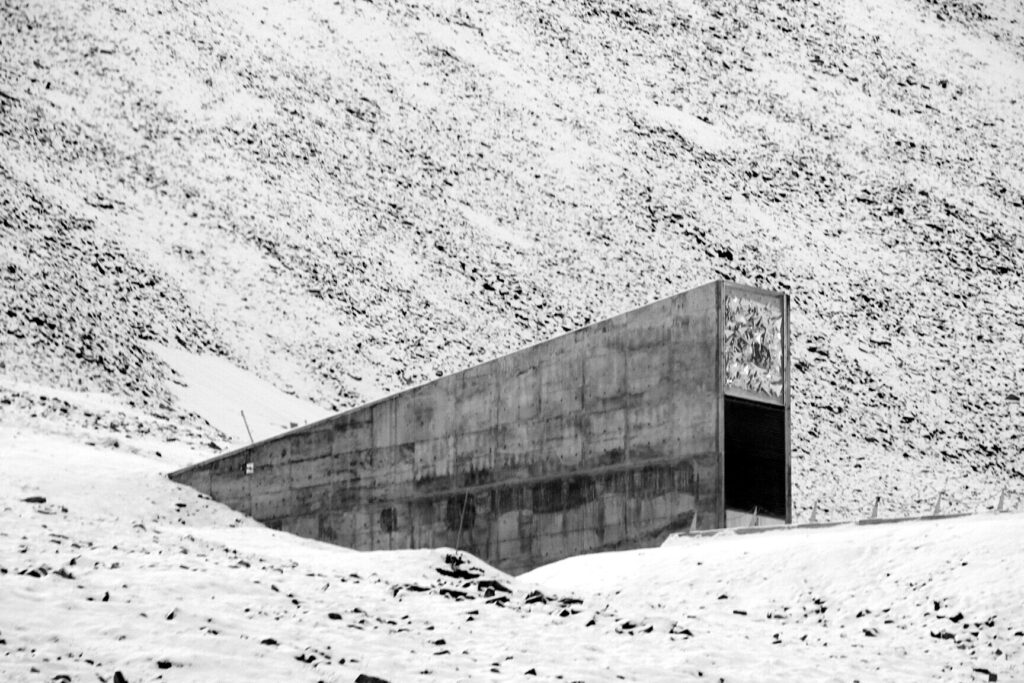
Far in the Arctic Circle lies the Svalbard Global Seed Vault, a secure storage site for seeds from around the world. Nicknamed the Doomsday Vault, it was built to protect the world’s food supply in case of a global crisis. Its location was chosen for stability and natural freezing temperatures that help preserve the seeds. Entry is forbidden to the public, reserved only for scientists and depositors. Its thick walls and strict security protect what might one day save humanity. Unlike many restricted places, this one exists not out of fear, but as a symbol of careful preparation.
7. North Brother Island, USA
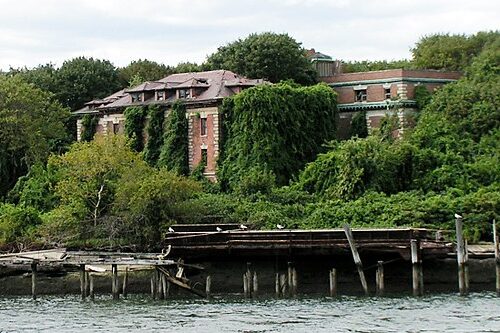
North Brother Island sits quietly in New York’s East River, but its past is far from peaceful. It once held a quarantine hospital, most famously housing Typhoid Mary. Later, it became a rehab center before eventually being abandoned. Today, the island is closed to the public, both for safety reasons and to protect the wildlife that now lives there. Crumbling buildings overgrown with greenery create an eerie sight, reminding us of its complicated history. Nature has slowly taken it back, leaving behind a haunting landscape that feels more like a forgotten memory than a real place.
8. Poveglia Island, Italy
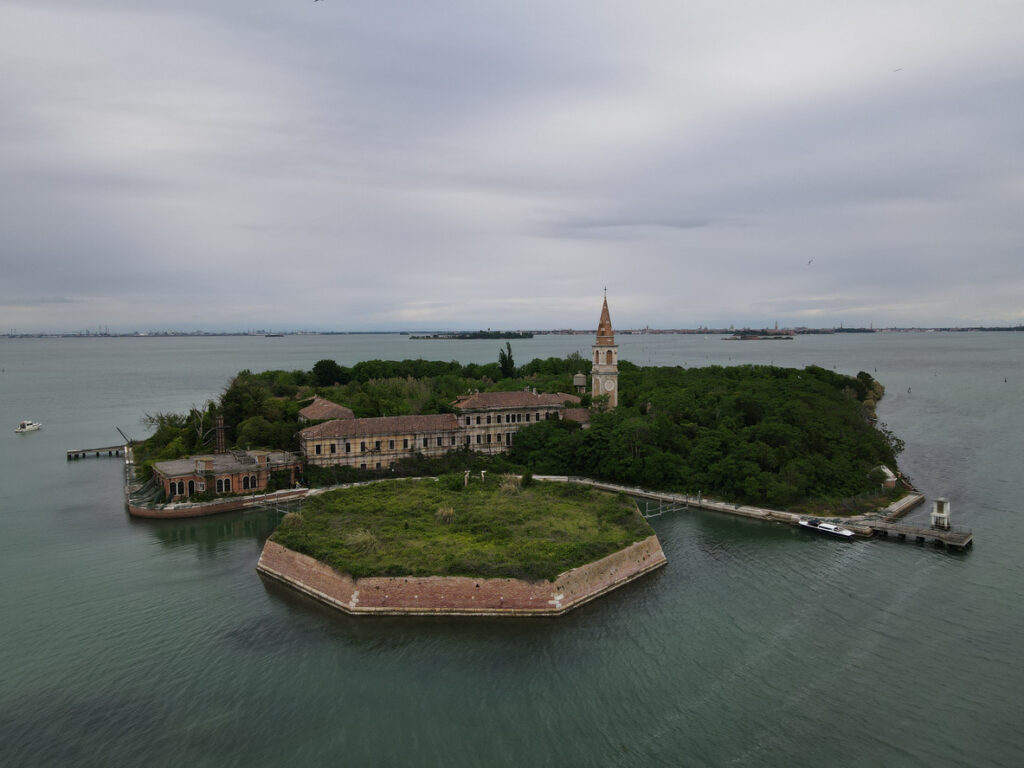
Poveglia Island near Venice carries a dark and heavy past. It was once used as a quarantine site during plague outbreaks, and later became home to a mental asylum. Over time, it earned a chilling reputation, with locals telling stories of suffering and haunting. Access is forbidden, and the island now sits abandoned, its buildings left to crumble into silence. Few dare to approach, and even fewer speak fondly of it. Poveglia is a reminder that history is not always light or beautiful, and sometimes it is better left untouched by curious visitors seeking adventure.
9. Bohemian Grove, USA

Hidden among California’s redwoods is Bohemian Grove, a private retreat known for hosting some of the world’s most powerful people. Each summer, politicians, businessmen, and artists gather for secretive events shielded from the outside world. No one without an invitation is allowed through its guarded gates. Over time, its secrecy has sparked endless rumors about what really goes on inside. While some say it is nothing more than music, theater, and relaxation, others believe more is at play. Whatever the truth, its mystery has only grown stronger because so little about it has ever been revealed.
10. Cave of the Crystals, Mexico

Deep beneath Mexico’s surface lies the Cave of the Crystals, a place unlike any other. Towering crystals stretch taller than houses, creating a breathtaking sight. Yet beauty here comes with danger. The cave’s extreme heat and humidity make it deadly for anyone without protective gear. Even with equipment, survival time is very limited. For safety, the cave has been closed to visitors, leaving it accessible only to researchers. Its existence proves how nature can create wonders beyond imagination, but also how some places are simply not meant for people to walk through freely or explore without risk.
11. Gruinard Island, Scotland
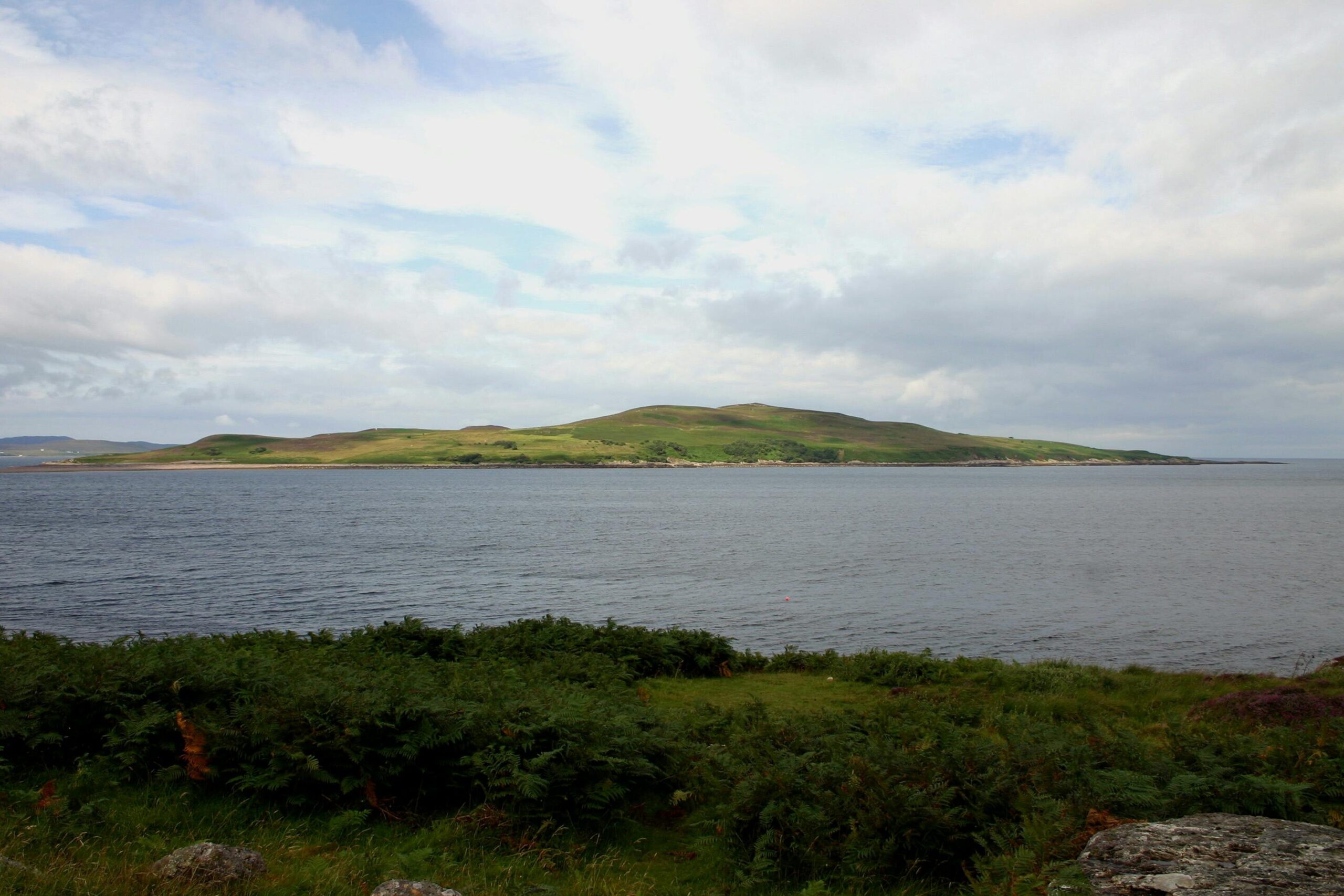
Gruinard Island looks calm from afar, but its history is unsettling. During World War II, it was used for anthrax testing as part of biological warfare experiments. The spores contaminated the soil so badly that the island was considered unsafe for decades. Though cleanup efforts were later carried out, public access remains highly restricted. Locals still call it Anthrax Island, a name that reflects its dangerous past. Standing as a warning of scientific risks, it shows how experiments meant for war can leave scars on nature that last long after battles are over and conflicts are forgotten.
12. The Poison Garden, England

In the grounds of Alnwick Castle lies a garden unlike any other. The Poison Garden is filled with plants that are deadly or toxic, carefully cultivated to teach visitors about their hidden dangers. Tours are tightly controlled, and even touching the plants is forbidden. From beautiful but harmful flowers to trees with lethal seeds, it is a reminder that danger can wear many disguises. Visitors are drawn in by its mystery, but they leave with respect for nature’s darker side. It is living proof that beauty and danger can sometimes grow side by side, hidden behind ordinary appearances.
13. Heard Island, Australia

Heard Island lies far from civilization, deep in the Southern Ocean, surrounded by harsh weather and icy waters. Its landscape is dominated by glaciers and an active volcano, making it both beautiful and forbidding. Getting there is nearly impossible without special ships and equipment, and the conditions make staying long unsafe. Because of its fragile ecosystem, access is highly restricted to protect the environment. Few people ever see it up close, leaving it one of the most untouched places on Earth. Its wild isolation feels like a rare treasure, reminding us that some places thrive best without us.
14. Ilha da Queimada Grande, Brazil
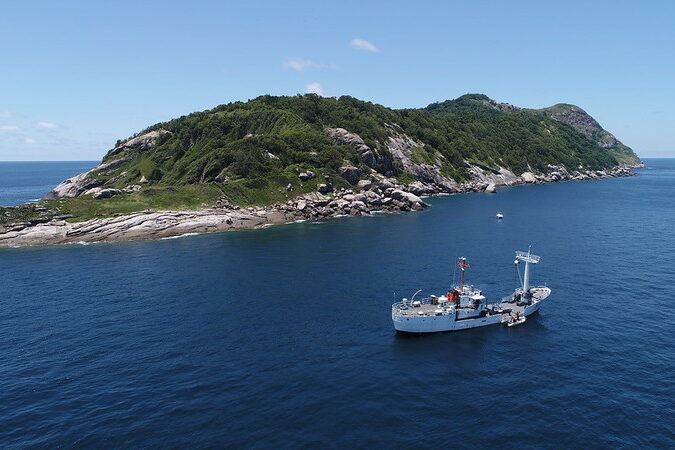
Ilha da Queimada Grande, another of Brazil’s infamous Snake Islands, is just as perilous as the first. The island is overrun with golden lancehead vipers, snakes whose venom is among the deadliest in the world. Legends say that no human could survive long after stepping onto its shores. For that reason, the government strictly forbids public access. The snakes live undisturbed, while humans can only imagine what it might be like to set foot there. Its very existence reminds us how nature sometimes claims land entirely for itself, with no intention of ever sharing it with people.
15. Lake Natron, Tanzania
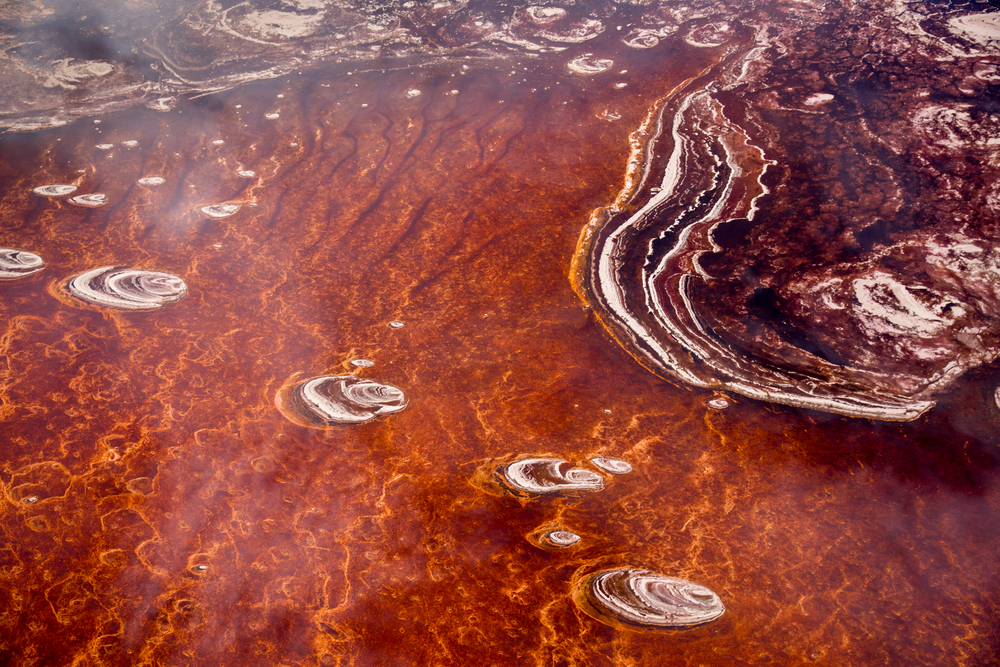
Lake Natron in Tanzania looks like something out of a painting, its waters often glowing red under the sun. Yet beneath the beauty lies danger. The lake’s high alkalinity can burn skin, and its salty surface can preserve animals that die in it, leaving their bodies hardened like eerie statues. Despite this harsh environment, flamingos flock here to breed, showing nature’s remarkable adaptability. For humans, though, the lake is a place to admire from afar. It proves that beauty can sometimes hide hostility, and that not every striking landscape is meant to be safely explored up close.
16. Izu Islands, Japan
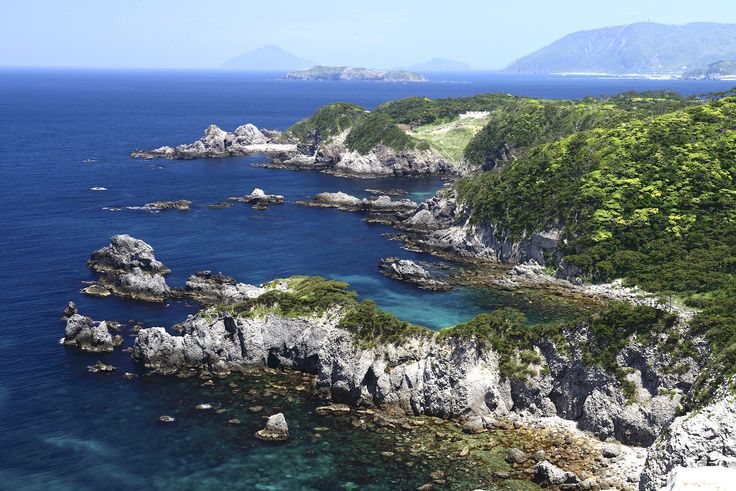
The Izu Islands near Tokyo are strikingly beautiful, but living there requires caution. Due to constant volcanic activity, sulfur gases linger in the air, making breathing difficult and dangerous. Residents are required to keep gas masks close, prepared for sudden changes in air quality. Outsiders rarely get permission to visit, and even then, strict rules apply. The people who live there have adapted to conditions that others might find unbearable. Their resilience shows the strength of human spirit, but it also highlights how fragile life can be when nature’s unpredictability becomes a constant part of daily living.
17. Solfatara Crater, Italy
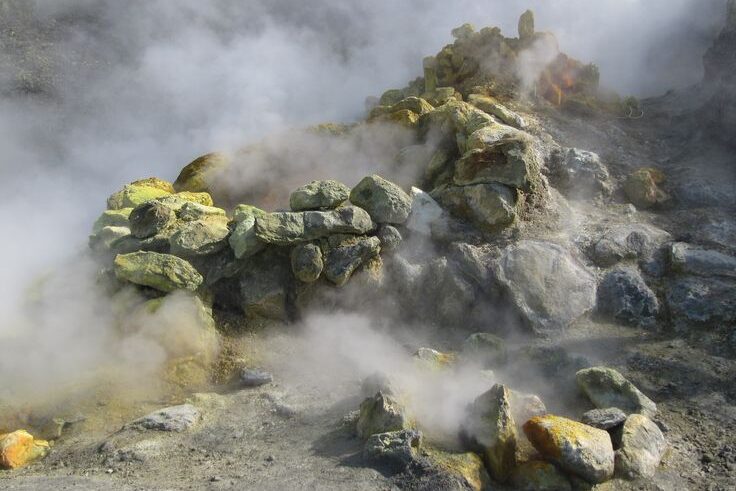
Solfatara Crater near Naples once welcomed curious visitors eager to see its steaming mud pools and smell its sulfur gases. However, its dangers became tragically clear in 2017, when a family accident led to three lives being lost. Since then, the crater has been closed to the public. Toxic fumes and unstable ground make it a hazardous place where one wrong step can prove fatal. Though fascinating, it is no longer a tourist stop, standing as a reminder that natural beauty sometimes comes with hidden risks. Respecting those risks often means keeping distance, even when curiosity pulls us closer.
18. Mount Mihara, Japan

Mount Mihara, an active volcano on Izu Ōshima island, is known for both its eruptions and its tragic history. Toxic gases seep from its crater, and eruptions have reshaped the island multiple times. In the past, it was also misused as a place for public executions, adding to its grim reputation. Today, access is restricted, with monitoring systems constantly watching for signs of danger. Living near it means coexisting with the possibility of sudden disaster. The mountain stands as a powerful symbol of how breathtaking yet dangerous volcanoes can be, commanding both fear and deep respect from all.
19. Surtsey Island, Iceland

Surtsey Island was born from a volcanic eruption in 1963, making it one of the youngest lands on Earth. To preserve its natural development, only a handful of scientists are allowed to step foot on it. They study how life slowly takes root, from plants pushing through volcanic soil to birds nesting in untouched spaces. No tourists are allowed, ensuring its ecosystem grows without interference. Watching it evolve is like seeing nature write its own story. In some ways, its protection feels like the perfect ending, proving that not every new place was meant for us to claim.


